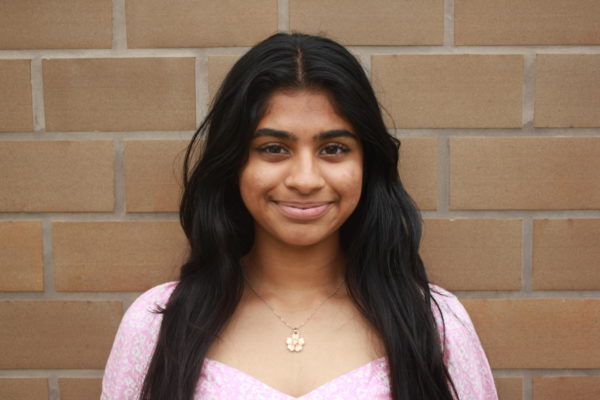It all started when I was on a stroll in the park. It was a nice, relaxing day and I was trying to enjoy the sunshine while getting some fresh air.
“There’s nothing better than being single.” I didn’t say that, but I thought about it. As I continued to enjoy my walk, I encountered the most mind-altering occurrence—a happy couple. A guy and a girl who seemed to be in their mid-twenties were sitting on a bench staring into each other’s eyes with compassion for what felt like an eternity. Unable to process what I had just witnessed, I turned around ready to walk away. If there is one thing that I know for sure, it is that witnessing lovey-dovey moments can be more awkward than trying to walk in heels on a pebble-strewn path. It was at that very moment I heard the words that I had long expected to hear:
“I love you.” the guy said to the girl as she blushed, tucking a few strands of hair behind her ear.
I froze for a moment as my stomach churned. Love. An intricate concept involving romantic feelings for a significant other based on intimacy, compassion, and trust. But what exactly is romantic love? Why is it such a deep, heavy-hearted emotion for people in relationships?
While it may seem like the idea of romantic love is solely based on emotions, this is not truly the case. Love is a complex chemical potion of oxytocin and dopamine stirred together. Not many people believe or accept the fact that from a biological viewpoint, emotions associated with love are simply the result of a chemical reaction in the brain, rather than a profound and transcendent experience. So the next time someone comments about how single you are or have no valentine, simply go home and remind yourself that science states that the emotional fulfillment people obtain from their romantic love is something you can get by binging your favorite cartoons or hanging out with your pet.
Furthermore, what may feel like deep, eternal love in one moment might evolve into indifference or resentment in the future. This variability in feelings shows that love is not a constant or reliable emotion, but rather a temporary satisfaction and reality.
In a world dominated by dating apps and social media, love has become an algorithmic calculation. Swipe right for love, left for loneliness. It’s like ordering pizza online, but with more emotional toppings. Many users of dating apps such as Tinder are also catfishers. This is a huge problem because someone who appears to be a twenty-year-old girl may turn out to be a fifty-year-old man. Not only are they messing with those who are genuinely interested in finding a partner, but they also lie about facts in their bio such as their age, occupation, and other factors. Since Cupid decided to trade in his arrows for a sleek smartphone, the central dogma that love is a mere illusion stands.
Have you ever wondered why your socks seem to disappear in the laundry? Well, love operates on the same principle. It comes in pairs, and occasionally, one mysteriously vanishes without a trace. Love may be an illusion designed to keep us perpetually searching for that missing sock, or in this case, the perfect partner. Societal pressure is a large factor that plays into romantic love and relationships nowadays. Specifically, many teens and young adults may feel Some may believe that they have found them, but when you think about it, there are over 8 billion people on the planet. Even though it may be humanly impossible to do this unless you have gotten to know every person in the world, the concept of finding “one true love” is unattainable, and rather it is an idea that society has ingrained into people’s minds.
While it is amazing that people show so much affection and compassion to others, it is perfectly fine to be single and not romantically in love with someone. While others are busy deciphering the cryptic messages of emojis and trying to remember their partner’s favorite flower, you, the unsung hero, can proudly flaunt your independence. For that, I congratulate you for being part of the few that have not yet been sucked into society’s norms and expectations.








